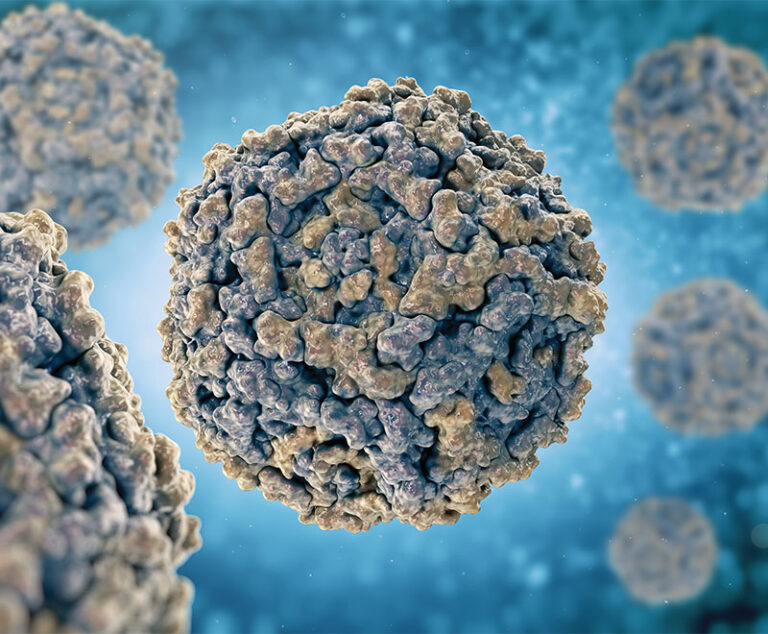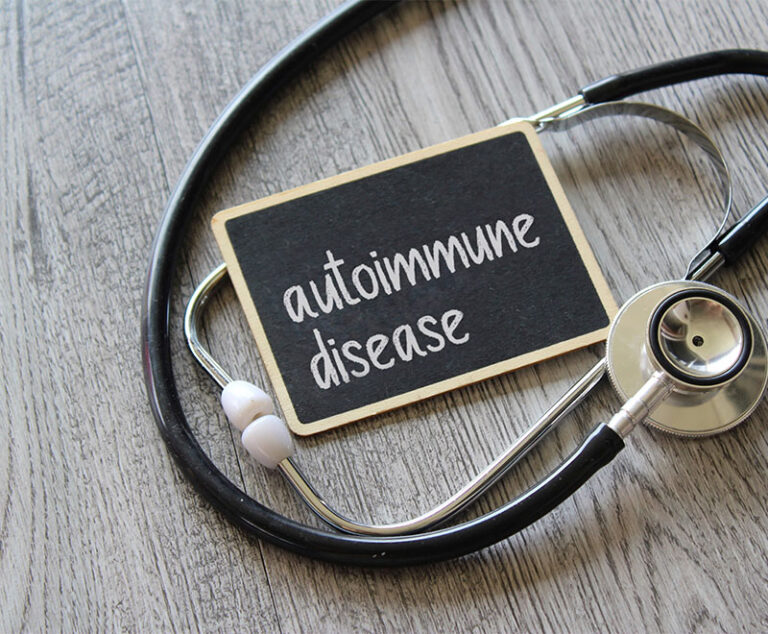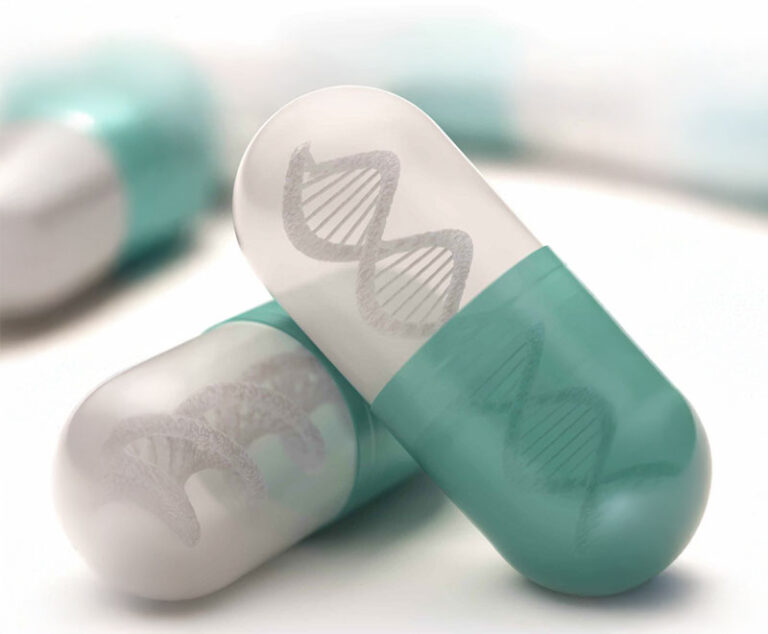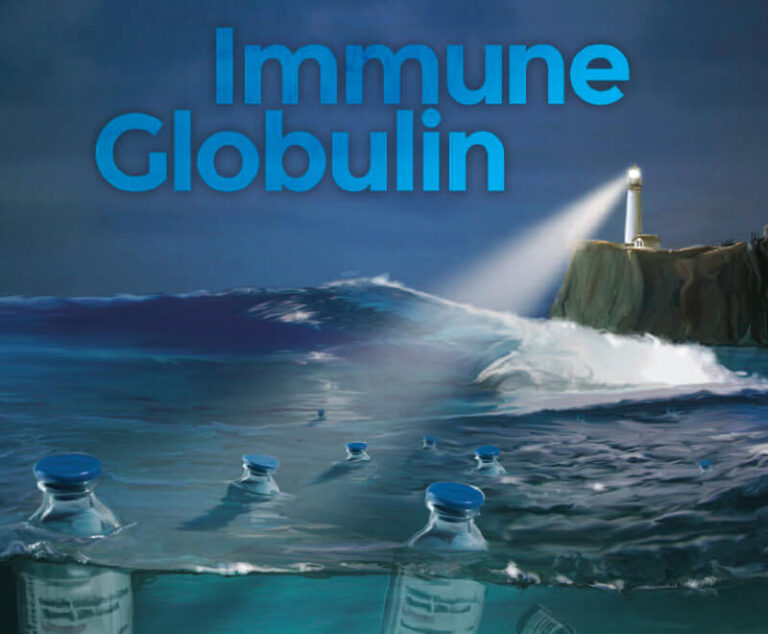Industry Insight
Information, Observation & Analysis
Immune Globulin Articles
This common virus manifests in a host of systemic illnesses that are mostly curable with human intravenous immune globulin therapy.
A potential solution for CIDP patients with these IVIG-related issues is self-administered subcutaneous immune globulin.
Researchers are taking a closer look at intravenous immune globulin for its potential to stop the progression of multiple complex conditions from lupus to multiple sclerosis.
The U.S. market for IVIG continues to grow well over 5 percent annually. What is driving the market demand?
The plasma donor is the first vital part of the process to produce safe and effective plasma protein therapeutics, and the industry prioritizes the safety and health of its plasma donors.
Explore the history and trace the development of BabyBIG, the life-saving immunotherapy for infant botulism.
IVIG has enhanced and even saved the lives of many autoimmune disease patients. But, the cost of therapy, large dose size and limited raw materials are serious limitations to an otherwise efficacious, well-tolerated therapy.
Eight consecutive patients on long-term, hospital-based intravenous immunoglobulin (IVIG) therapy to treat chronic inflammatory demyelinating polyradiculoneuropathy (CIDP) (n=4) and multifocal motor neuropathy (MMN) (n=4) were switched to home-based subcutaneous immunoglobulin (SCIG).
As the approval of biosimilars looms, debate continues over whether they should be substituted for biopharmaceuticals, how to legislate them and how they should be named.
Clinical studies using intravenous immune globulin therapy are breaking new ground when it comes to treating chronic disease; promising results are being seen in patients suffering from Alzheimer’s, autism and even diabetes.
While the healthcare industry is currently experiencing an oversupply of the lifesaving immune globulin therapy, with demand growing at 6 percent to 8 percent a year, is it possible another shortage looms large?
While the intravenous route has been the standard method of IG therapy for autoimmune and other neuromuscular disorders, recent studies show that the subcutaneous route is both as effective and more preferred by patients.











